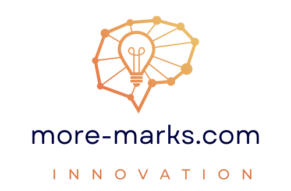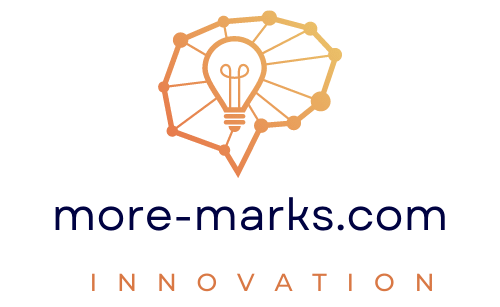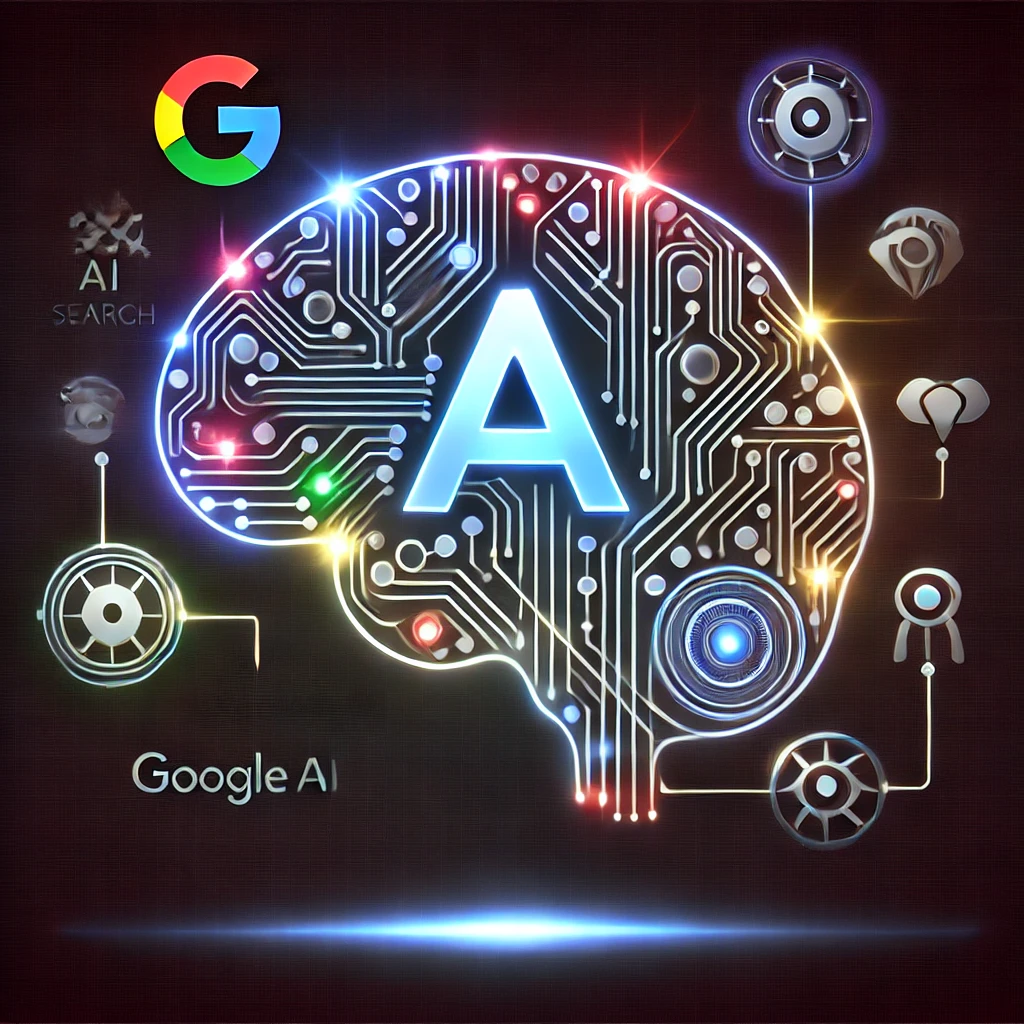Google AI: A Deep Dive into Google’s Artificial Intelligence Ecosystem
Google AI represents one of the most powerful and innovative branches of artificial intelligence research and development in the world today. From its humble beginnings in search optimization to leading advancements in machine learning, Google continues to reshape how AI impacts daily life, industries, and global innovation.
1. What is Google AI?
Google AI is the artificial intelligence division of Google focused on advancing the state of the art in machine learning and AI technologies. It includes both basic and applied research, tools, and open-source libraries that serve a wide range of industries and users. The organization also encompasses DeepMind and Google Brain—two teams known for pioneering developments in neural networks and AI ethics.
2. Google AI Technologies and Tools
Google offers a rich suite of AI tools and frameworks that support both developers and enterprises. Notable tools include:
- TensorFlow: An open-source platform for machine learning used globally in academia and industry.
- TPUs (Tensor Processing Units): Custom hardware designed by Google to accelerate AI model training and inference.
- Vertex AI: A unified ML platform on Google Cloud for building, deploying, and scaling ML models.
- AutoML: A tool that allows users with limited ML knowledge to train high-quality models.
- Dialogflow: A natural language understanding platform for building conversational interfaces.
3. Applications of Google AI
Google AI powers numerous Google products and services:
- Search and Google Assistant: Enhancing relevance and understanding user queries through NLP and voice processing.
- Google Translate: Utilizing neural machine translation for multilingual communication.
- Google Photos: Object recognition, facial clustering, and automated photo tagging.
- Healthcare: AI tools for early disease detection and diagnosis, especially in diabetic retinopathy and cancer screening.
- Maps and Navigation: Predictive routing and traffic condition analysis.
4. Ethical AI and Responsible Innovation
Google AI also focuses heavily on ethics and fairness in AI. Through research and policy, the organization addresses issues such as bias in datasets, interpretability of models, and the social impact of automation. Google’s AI Principles guide the responsible use of AI across its platforms.
5. Research and Breakthroughs
Google AI teams have contributed significantly to key breakthroughs in AI:
- Transformer architecture: Foundation of modern NLP models like BERT and GPT.
- AlphaFold: Protein folding prediction from DeepMind, a revolution in bioinformatics.
- Google Bard: AI-powered conversational agent competing with other LLM-based chatbots.
- PaLM and Gemini models: Large Language Models trained on diverse and multilingual datasets.
6. Getting Involved with Google AI
Google offers resources like open datasets, research papers, public tools, and cloud platforms to support AI learners and developers. Platforms such as Kaggle and TensorFlow Hub enable collaboration and innovation within the broader community.
Conclusion
Google AI is at the forefront of transforming the digital landscape with powerful, scalable, and ethical AI solutions. Whether it’s through consumer products or foundational research, Google continues to lead the way in harnessing AI to solve global challenges and create smarter technologies for the future.
Keywords: Google AI, Google AI Tools, TensorFlow, DeepMind, Google Artificial Intelligence, AI Research, Machine Learning with Google



